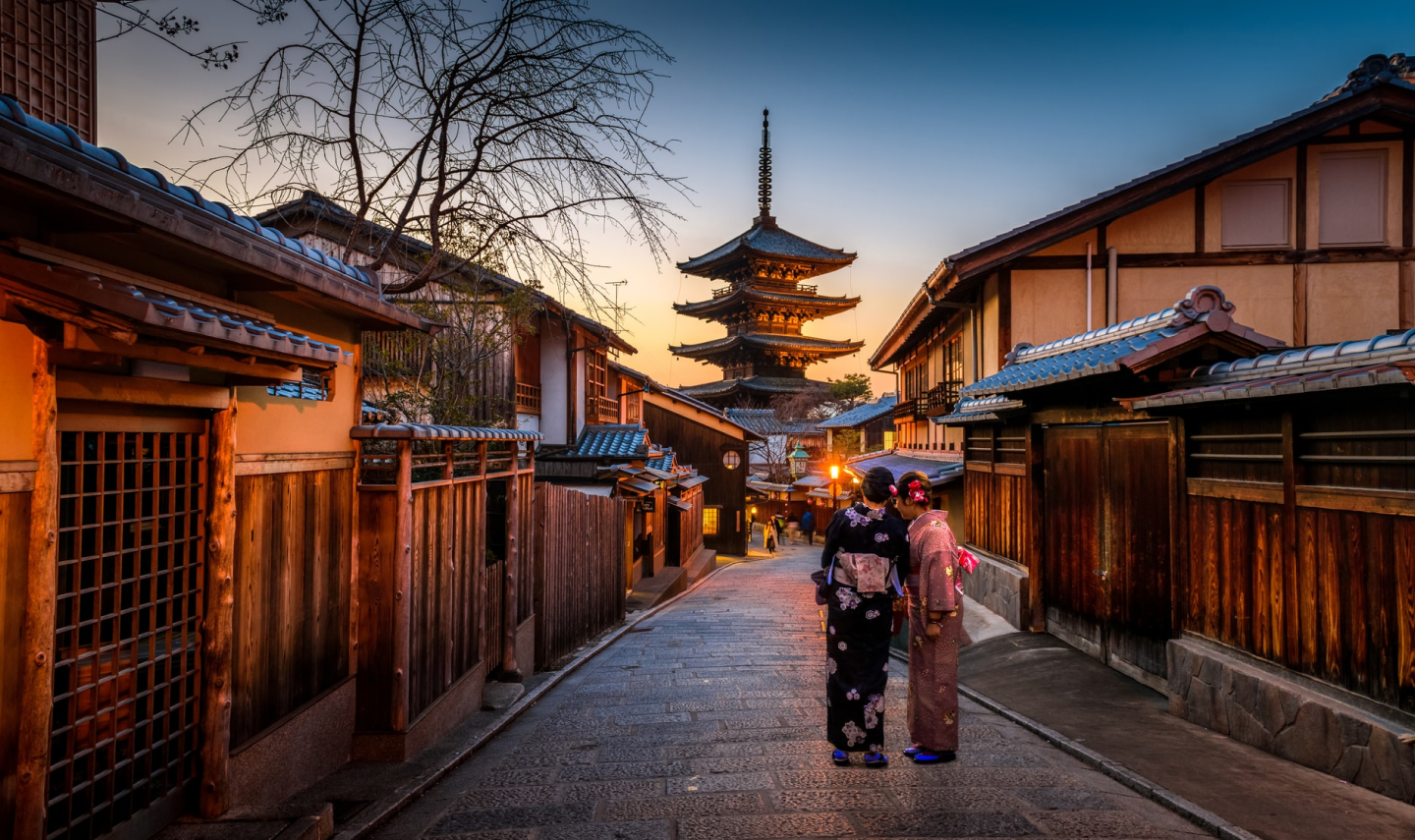Getting to know Putao
Putao, far to Burma’s north, is bordered by both China and India, and lies beneath Mount Hkakabo Razi, Burma’s highest peak. Although the mountain’s name means 'snow-capped all year round', the town itself is surrounded by a green, sub-tropically rural landscape. This spreads up towards the Himalayan foothills & starts to climb, growing into a tangle of evergreen rainforest, then frosty alpine woodland, before giving way to the snowy, glacial peaks above.
Much of the region, which is only accessible by air, is protected by National Park status, & its diverse environments makes it a top spot for treks, with trails leading up the mountain slopes, along riverbeds & out to isolated settlements.
Biodiversity within the National Park is exceptional, with hundreds of species waiting to be studied, making it a fantastic eco-tourism destination - only very recently made accessible to the public. Paddle your raft down the rivers here and you're likely to spot kingfishers and hornbills, relaxed in their untouched habitat; you'll also encounter the local people and witness a way of life that's remained virtually unaltered for centuries. The area is also remarkable for its large population of wild orchids, many of which are very rare.
What to do in Putao
Explore the valleys by bike, foot or even raft - there are expeditions to suit every fitness level - while the very fittest (providing they have six weeks to spare for the trek) can head up 5,889 metre high Hkakabo Razi. 1,040 metre high Ziyadam is closer, taking only five days and still giving you superb views of the region, plus a visit to a pristine jungle-clad frontier village on the Indian border.
Visit tribal villages. The Putao region is home to several long-established tribes; the Hkamti Shan were the first settlers here, but now share the area with the Lisu & Nung Rawang, who both have their own language & writing system. The T’rung or Taron tribe - whose average height is 4 feet - still live in the mountain foothills, albeit in rapidly dwindling numbers.
The site of British Fort Hertz from 1914 to 1942, the town of Putao is now one of the most unspoilt areas on the planet, only visited by around 500 people a year, and inhabited by a mixture of regional tribes, including Kachin, Lisu, Hkamti-Shan and Rawang. Putao's busy market guarantees an insight into their culture, as will treks and bike rides to nearby schools, monasteries, villages and remote homesteads.
The site of British Fort Hertz from 1914 to 1942, the town of Putao is now one of the most unspoilt areas on the planet, only visited by around 500 people a year, and inhabited by a mixture of regional tribes, including Kachin, Lisu, Hkamti-Shan and Rawang. Putao's busy market guarantees an insight into their culture, as will treks and bike rides to nearby schools, monasteries, villages and remote homesteads.
Travel tips
Travel to Putao during the dry season, which runs from November until the end of March, and bring lightweight, quick-drying layers, including a thick jumper of some sort, as temperatures range between 4-10, with a considerable drop in the evenings.
Speak to one of our
Concierge specialists
Start planning your tailor-made trip by contacting one of our Concierge specialists
Map of Putao
Places on the map
-
Putao












